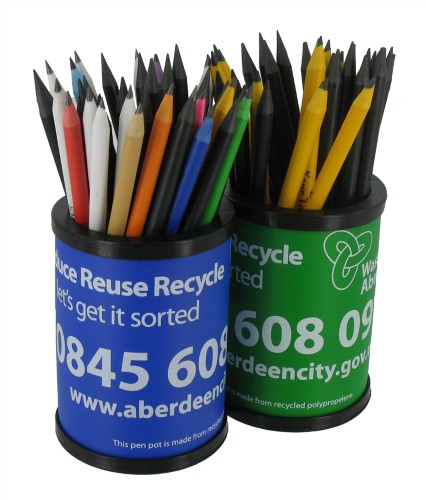Driving sales requires making products and services look as appealing as possible to consumers, and to do that, organizations need to gain a better understanding of how people think and what they want. Simply coming up with a creative or colorful flyer is good in and of itself, but without knowing if it’s the sort of layout or product description that will entice shoppers, or if they’ll even see it, there’s no way of monitoring whether ad campaigns are working.
For these reasons, looking at metrics has become a big part of promotional product strategies, as investing in an item alone doesn’t guarantee a return on investment. Companies have to be savvy with giveaways to make sure that consumers like them, and that they’re meeting the need companies bought them to fill.
Looking at trends
One of the big things that drive promotional giveaways are how consumers find out about them. If it’s something they see in passing, they may not give it a second’s thought. If they are instead sent a more personal message or the information is delivered to them in a way that isn’t just a general announcement, they may take a moment to actually read what’s in front of them.
According to a study by Valassis, grocery stores are having more luck with weekly specials and circulars on digital media than anywhere else. In the past, these fliers were a staple of the Sunday newspaper, but now more businesses are taking their promotional item information to mobile media and email messages. These tools go directly to an individual, can be scaled and saved and passed along, and they guarantee that at least the headline will be read, even if it is promptly deleted.
“The consumer decision-making journey is more involved than ever,” said vice president of Valassis Therese Mulvey. “Media preferences are changing, due in great part to consumers’ desire to be connected.”
Making the leap
Reaching out to customers doesn’t take a different approach completely, just an optimized overview of what strategies are working the best for promotional giveaway and other ad information, rather than dedicating all reserves to a single effort. As Mulvey stated, companies have to come up with better ways of using the resources they have, but not necessarily changing anything else until they know how individuals are reacting to their efforts.
A review of business traveler preferences show this is probably the best strategy for organizations trying to cater specifically to clients. The US Business Traveler Survey on Hotel Accommodation, Selection Criteria and Customer Expectations of New Technology, Promotions and Services revealed that more than a quarter of all company expenses are diverted to travel and lodging. They also discovered that the selection process was heavily weighed by either in-house recommendations or online reviews. They also were looking for hotels that offered free perks like Wi-Fi, as well as advanced in-room technology and security systems.
Creating new advertising methods for available services and highlights of an establishment is much cheaper than overhauling an entire establishment. It also helps get the word out about the quality of products offered by the business. Coupling these factors with promotional giveaway information will entice a broader spectrum of clientele to a business, so long as the way a company reaches out is an effective means of communication for its target demographic.

